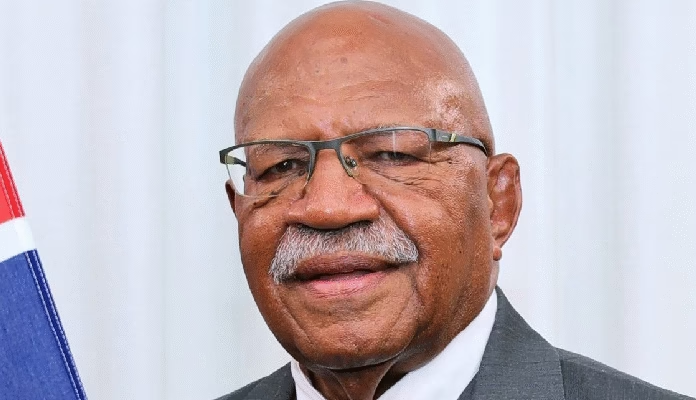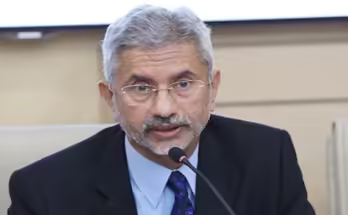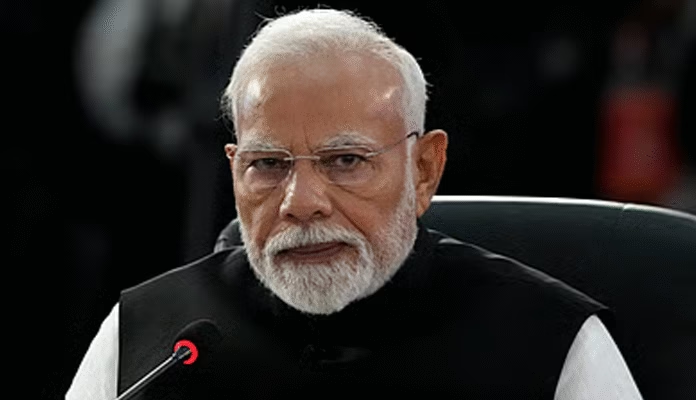
by Ashis Sinha
In a story that reads like a Hollywood thriller, a soft-spoken Indian-born engineer once hailed as the mastermind behind the U.S. Air Force’s most secretive weapon — the B-2 Stealth Bomber — ended up betraying America’s most closely guarded military technology to its chief rival, China.
From Mumbai to the Skunk Works
Born in Bombay (now Mumbai) in 1944 into a Parsi family, Noshir Sheriarji Gowadia was no ordinary child. Reports, though contested, claim he earned the equivalent of a PhD by the age of 15. At just 19, he left India for the United States to pursue a career in aeronautical engineering, becoming a naturalized American citizen in 1969.
A year later, he joined the elite Northrop Corporation, the aerospace giant now known as Northrop Grumman, at a time when the U.S. military was licking its wounds from losses in Vietnam and Yom Kippur wars — and urgently needed a warplane that could evade radar.
Gowadia answered that call.
The Father of the B-2’s Stealth Engine
Over two decades, Gowadia played a pivotal role in developing the propulsion and exhaust system for the B-2 Spirit — a nuclear-capable stealth bomber capable of flying 10,000 nautical miles with a single refueling and delivering 40,000 pounds of explosives.
His design genius lay in minimizing the aircraft’s infrared and radar signatures — making it nearly invisible even to advanced detection systems. As he once bragged, “The entire geometry came from me.”
Indeed, the B-2 became one of the most feared aircraft in military history, and Gowadia was celebrated as a silent hero of American defense innovation.
The Fall: Debt, Disillusionment, and Betrayal
But the story took a dark turn. In 1986, Gowadia was let go from Northrop, reportedly due to a rare blood disorder. Around the same time, he purchased a lavish villa in Maui, Hawaii, saddled with a massive mortgage.
In need of quick money, Gowadia crossed a line.
Starting in 2003, he secretly collaborated with Chinese intelligence officials, traveling to China multiple times using aliases and fake travel records. His mission: to help the Chinese design a stealth cruise missile exhaust nozzle that mimicked the B-2’s heat-evading system.
For this, he was paid approximately $110,000, which he used to pay down his home loan — but the unusual transactions triggered suspicion from U.S. revenue authorities.
The Arrest and the Avalanche of Evidence
In October 2005, the FBI raided Gowadia’s home and uncovered a treasure trove of classified material — including 500 pounds of documents, blueprints, thumb drives, and emails. The evidence pointed to not only Chinese collaboration but also unauthorized disclosures to Germany, Israel, and Switzerland.
He was charged under the Arms Export Control Act and related statutes.
After a four-month-long trial in 2010, Noshir Gowadia was sentenced to 32 years in federal prison for espionage, conspiracy, and money laundering.
He remains incarcerated today, largely forgotten — but his betrayal left a lasting scar on U.S. military secrecy.
Did China Get a Head Start from Gowadia?
While direct links are classified, defense analysts widely believe Gowadia’s leaks contributed to China’s rapid advancement in stealth technology — especially in cruise missiles and possibly the upcoming H-20 stealth bomber. His blueprints may have handed Beijing a decades-long shortcut in aerospace warfare.
A Genius Lost to Greed
From the laboratories of Northrop to a federal prison cell, Gowadia’s journey is a cautionary tale of what happens when brilliance meets betrayal. He was the man who helped the U.S. build its most advanced bomber — and then helped its biggest adversary build its own.
References:
-
U.S. Department of Justice Press Release
Title: Engineer Sentenced to 32 Years in Prison for Communicating Classified Information to China
Date: January 24, 2011
Link: justice.gov
Details Gowadia’s conviction, espionage charges, and sentence. -
FBI Official Records
Case: Noshir Gowadia Espionage Investigation
Includes investigation timeline, charges, and seized evidence. -
Los Angeles Times
Title: Engineer Guilty in Espionage Case
Date: August 10, 2010
Reports on trial proceedings, key testimony, and Gowadia’s defense.
latimes.com -
The New York Times
Title: A Spy’s Trail to China
Background on Gowadia’s role at Northrop, financial troubles, and international contacts. -
BBC News
Title: US engineer jailed for spying for China
Date: January 25, 2011
bbc.com
Summarizes Gowadia’s sentencing and the implications on US national security. -
Air Force Magazine
Title: The B-2 Spirit Stealth Bomber: History and Capabilities
Explains B-2’s development, stealth features, and propulsion design — attributed in part to Gowadia. -
Wired Magazine (Archive)
Title: Inside the Mind of America’s Most Dangerous Spy
In-depth piece on Gowadia’s personality, motives, and the spy operation. -
Court Transcripts and Sentencing Memos
US District Court, District of Hawaii
Detailed evidence list, witness statements, sentencing guidelines, and classified document handling. -
Books:
-
“Spycraft: The Secret History of the CIA’s Spytechs” – Robert Wallace & H. Keith Melton
(Mentions the technological theft and vulnerabilities related to B-2 design.) -
“Dark Mirror: Edward Snowden and the American Surveillance State” – Barton Gellman
(Draws parallels to other national security leaks.)
-



